Unboxing the FSA PowerBox Carbon
FSA isn’t necessarily the first name you’d think of in the power meter game, but their PowerBox brought them into the fold in 2017. They’re not hiding the fact that the actual measurement device is wholly made by Power2Max, mated to FSA crankarms. The system is available in both alloy and carbon versions, along with options for road, gravel, and MTB gearing.
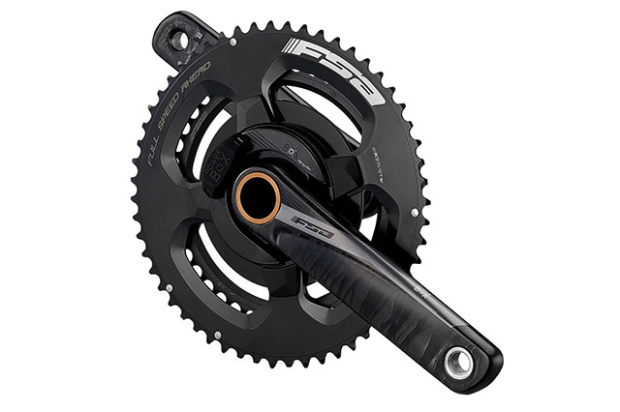
Power measurement comes courtesy of the Power2Max NGeco unit, with quoted +/-2% accuracy. It’s a dual-sided power meter, meaning that it measures your output in both left and right legs (rather than measuring one leg and doubling the number). In comparison, the top-end NG product has a +/-1% accuracy, but a higher price point.
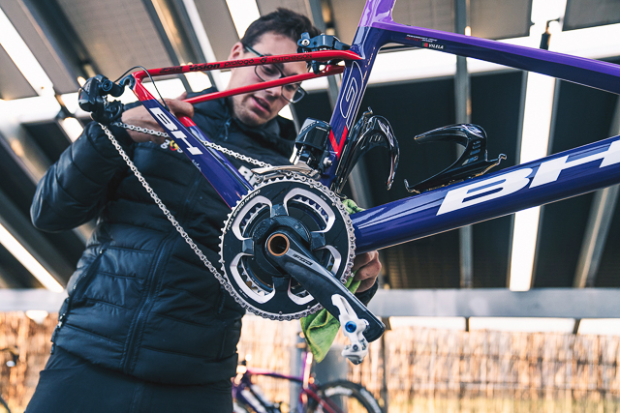
Why bother to offer their own branded FSA power meter? FSA says that they wanted to be able to offer a wider range of combinations for crank arm length, crank arm material, and chainring size. In addition, they cut the price down by offering the option to unlock extra features, rather than including everything up-front at a higher price (more on this later). In short, they wanted ready-made solutions that people could easily buy, and to serve the widest range of potential customers possible.
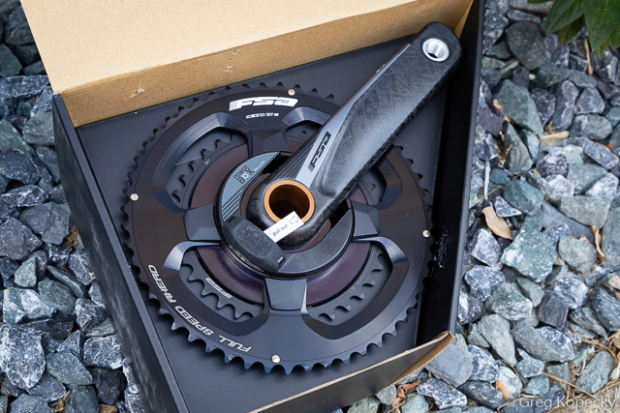
Our test unit came neatly packaged and ready to roll. Note the protective battery strip that must be removed (extending battery life inside the packaging). The PowerBox uses a replaceable coin cell battery, rather than a rechargeable battery (they quote an approximate life of 400 hours per coin cell).
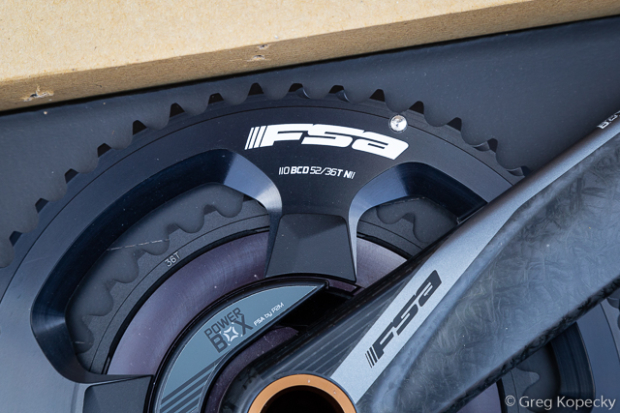
We opted for 52/36 chainrings, which have become a very common choice for road and triathlon. FSA offers a plethora of other options, including 50/34, 53/39, 54/42, and 55/42. There are no single chainring options at this time.
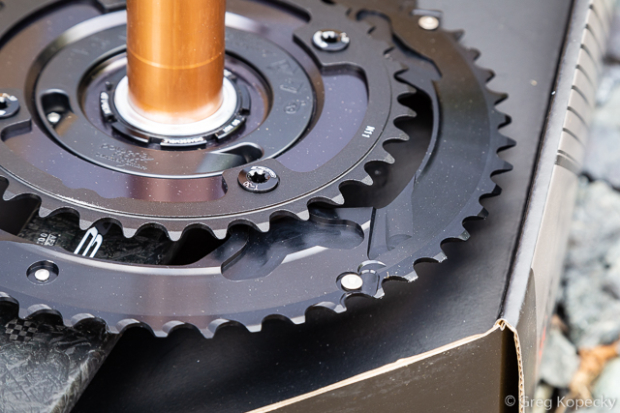
The stock 7075 aluminum chainrings are optimized for 11-speed systems. No word yet on 12-speed optimization.
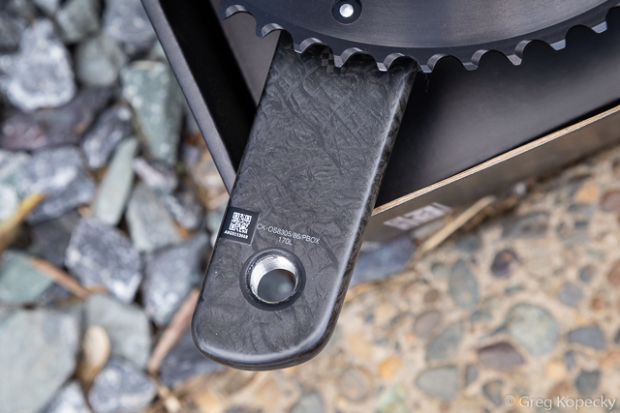
The Powerbox is made in a range of sizes, including 165mm, 170mm, 172.5mm, 175mm, and 180mm.

FSA has embraced the BB386EVO crank spindle standard, which has compatibility with most bike frames today. The spindle is made of forged AL7050, and has a 30mm diameter.

Hollow crankarms keep the weight low, at a quoted 733 grams for the complete crank set.
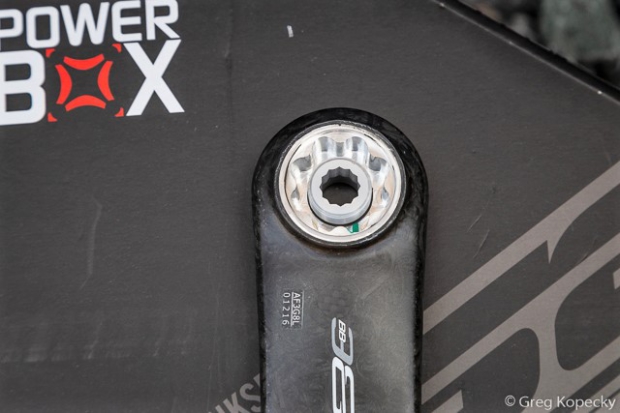
A large splined interface connects the two crankarms, secured by a large aluminum bolt.
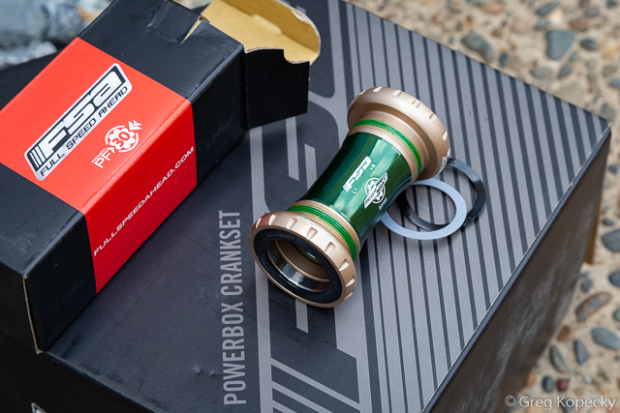
There are multiple bottom bracket options for different frames; we opted for standard BSA threaded. Bearing preload is automatically set via a wave washer.
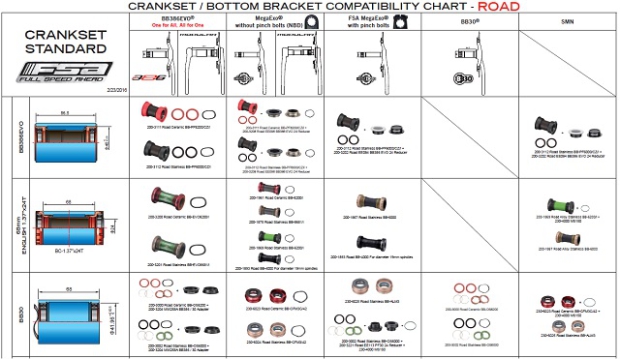
FSA has a very large chart for BB compatibility on their website (the small snippet above will give you a taste of the options).
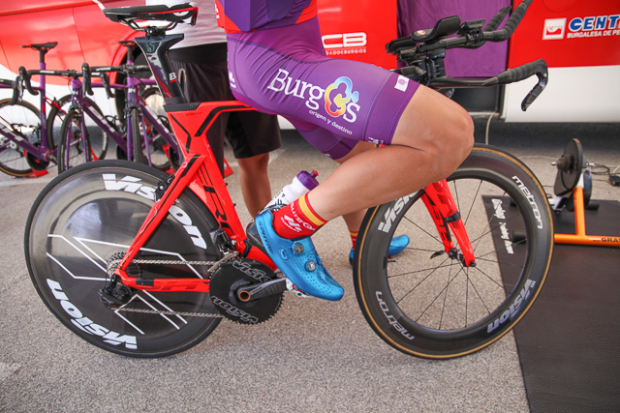
FSA offers some aftermarket software upgrades that can be purchased on their website, which unlocks the features via the Power2Max app.
According to Vision/FSA representatives, “Pedal Smoothness is an advanced metric for riders who want to optimize their pedaling. It shows you how evenly power is applied throughout your whole pedal stroke. Your FSA PowerBox power meter collects the data for both legs combined. Transmission to you bike computer is only possible via ANT+. The Torque Effectiveness (TE) metric is calculated by analyzing the positive (forward) and negative (backward) torque applied to the crank over each revolution via ANT+.”
We’re also told that the PowerBox automatically includes a feature that re-zeroes the power meter after three seconds with no pedaling – helping to maintain accuracy.
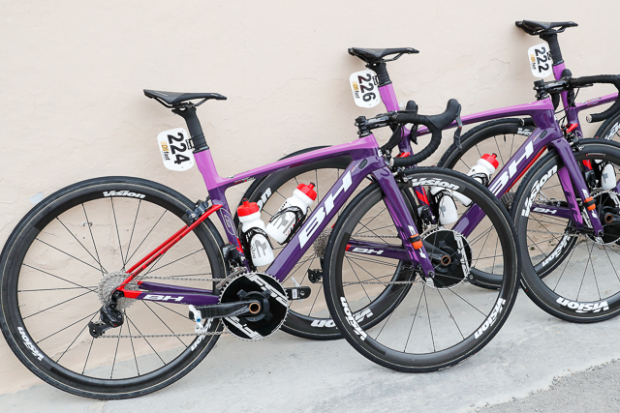
We look forward to putting miles on our test unit in the months to come. The FSA PowerBox is available now for $1,189. Learn more at the FSA website.


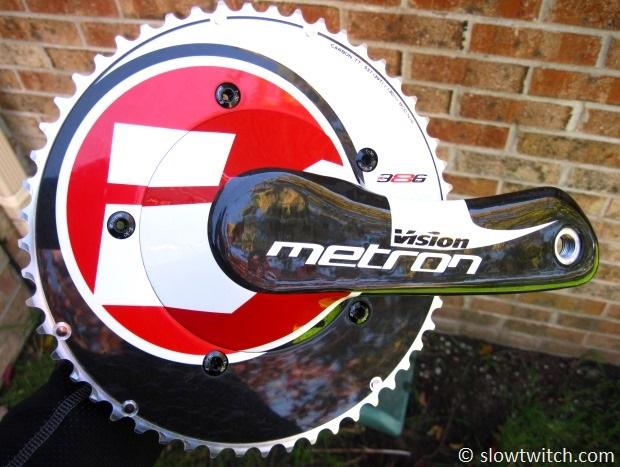
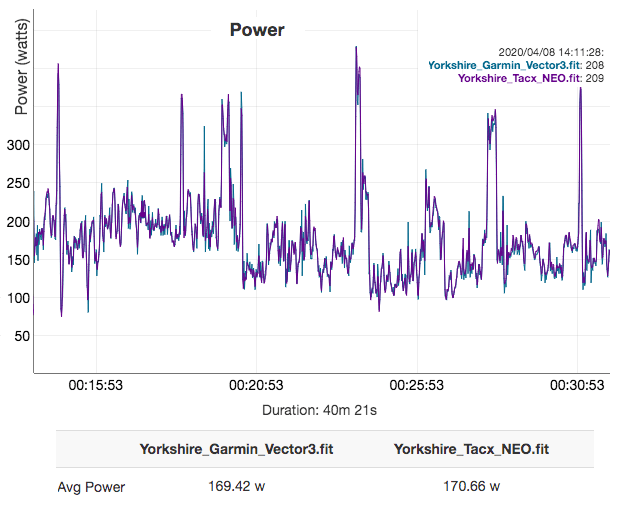
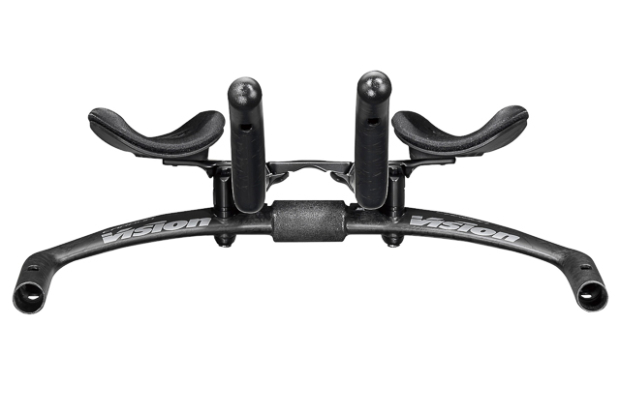
Start the discussion at slowtwitch.northend.network